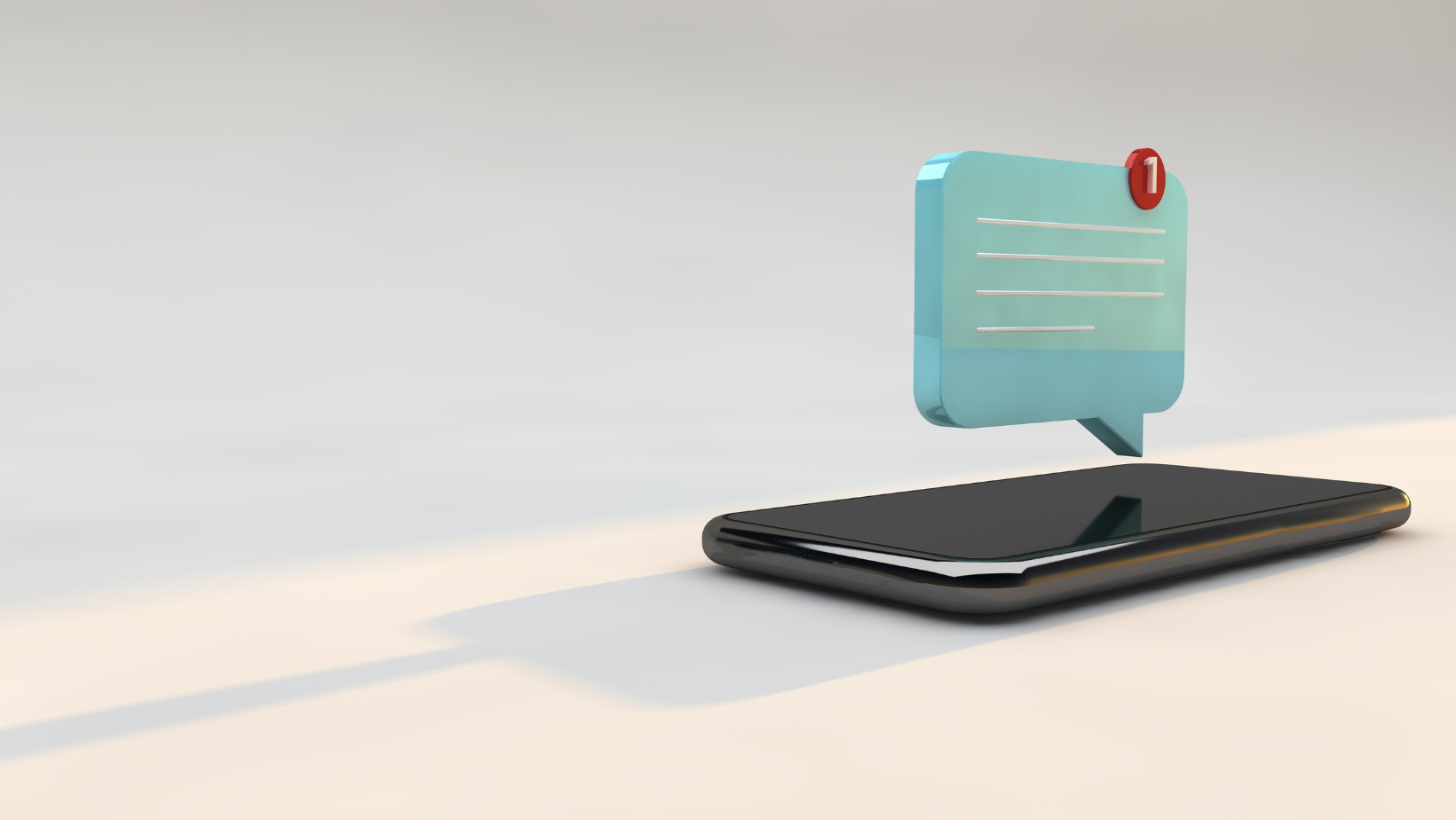A Gemisode™ Series – Part I
“The oppressed, having internalized the image of the oppressor and adopted his guidelines, are fearful of freedom.”― Paulo Freire, Pedagogy of the Oppressed
If guaranteed allies were freely handed out, who wouldn’t line up? Receiving support when experiencing difficulty can have a positive impact on our mental and emotional state, yet, in the midst of a storm, many face abandonment and isolation from those least expected —loved ones and others with shared intersectional identities. Why do we abandon our own in times of crisis? The answer lies somewhere between internalized oppression and the title of this Gemisode.
Internalized oppression is harming us deeply, methodically, and with a precision unlike any other dis-ease. While it is fundamentally important to recognize that systems of harm and oppression exist so that we can then work to dismantle them in our workplaces, homes, and communities, that work is for naught if we refuse to begin with ourselves. When we discuss the enactment and perpetuation of racism, marginalization, trauma, and oppression, oftentimes we speak about external forces and structural factors that maintain these harms. We learn about systemic inequalities maintained by governmental systems, laws, and policies. We speak about cultural and social factors such as gender inequality that maintain the status quo. We speak to education, housing, criminal justice, and workplace issues being disproportionately disadvantageous to ‘those in under-represented communities’. Rarely do we look inwardly to interrogate the trauma, harm, and oppression we enact, uphold, and further against ourselves and others within our communities.
# GemAlert
We can’t interrogate and dismantle oppression if we cling tightly to the structures of harm built within.
Historically, proximity to whiteness has been thought to be a safety net for marginalized groups however; this belief furthers racial hierarchy and the harms enacted by dominant culture against marginalized groups. Additionally, it emboldens the oppression and harms enacted by marginalized groups towards each other and other marginalized groups. A myriad of stereotypes have been intentionally developed and pushed by dominant culture to create a sense of division amongst marginalized groups, as well as to further racial hierarchy which then plays out in our society, communities, and workplaces.
The model minority myth is an example of a prevalent and harmful stereotype based on racial hierarchy and is one that specifically targets Asian Americans. The myth asserts and assumes that all Asian Americans are good students, quiet, compliant, and show gratitude for being ‘allowed’ into America; for that ‘allowance’ it is expected that all Asian Americans ‘behave’ like model citizens. What is rarely understood, however, is that at its core, this myth rooted in anti-Asian hate, and harmful stereotypes, is a result of anti-Blackness. What stereotypes often reconfirm are the experiences many marginalized groups face, namely that in order to be accepted by the dominant culture and achieve the ‘idealized’ American Dream, they must give up themselves — beliefs, experiences, cultures, values, and at times, their souls.
So strong is the human survival instinct, that both consciously and unconsciously, in order to be proximal to whiteness, many forgo their values, beliefs, and identity, to experience what they believe to be the ultimate symbol of acceptance by dominant culture. They chase the illusion that says, “we belong, and we’ve finally made it.” This may manifest in efforts to assimilate in the workplace or in communities by altering names so that they are ‘easier’ or more accepted by Eurocentric palatable standards, minimizing or gaslighting the experiences of other marginalized groups, and engaging in efforts to distance themselves from being associated with their particular ethnic, social, religious, or cultural group.
While these factors alone, cannot speak to the concept of internalized oppression, particularly among marginalized groups who use proximity to whiteness and/or dominant culture to mitigate the harms of belonging to their group, they do illustrate; however, that there are several ways in which we enact harm, and that internalized oppression is a dynamic continuum, rather than a static point.
Stayed tuned for part II where we take a deeper look at how internalized oppression often leads to a failure to show up for ourselves and each other. To learn more about our services and how we can help you become the type of workplace and life ally needed, get in touch with us here to learn about our advisory, coaching, and training services.



